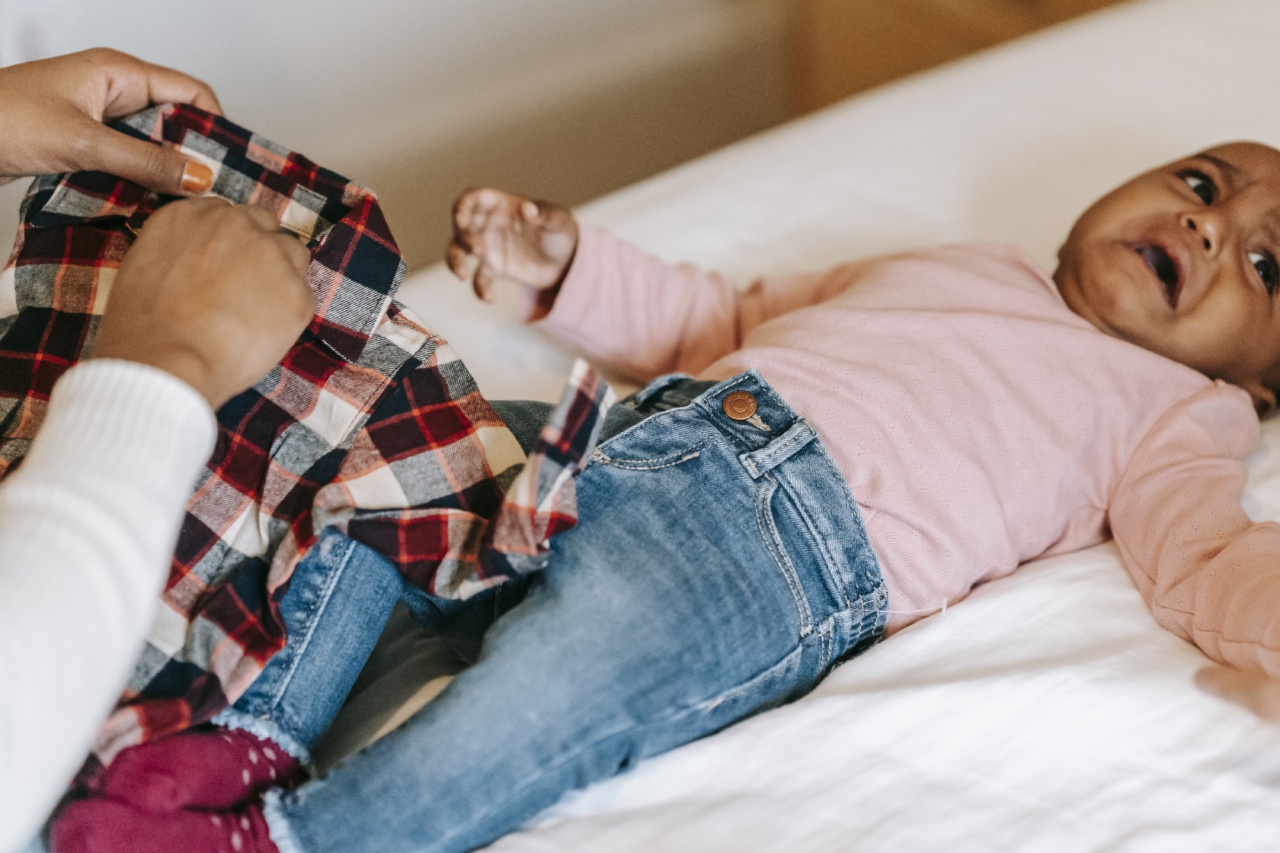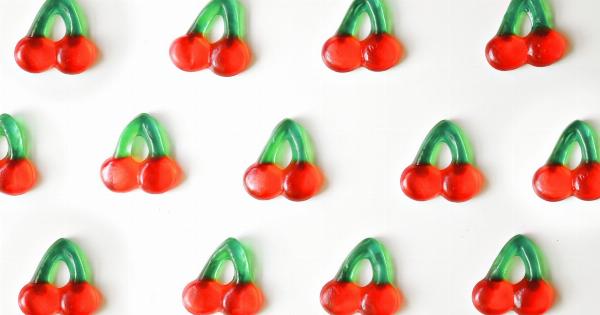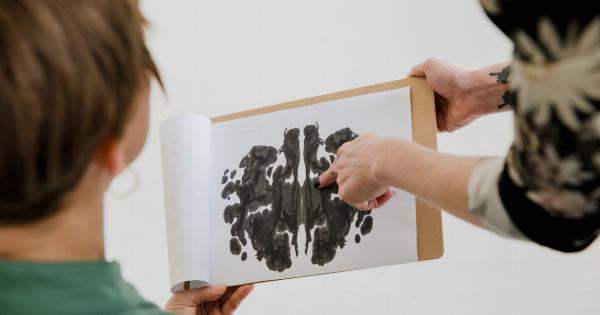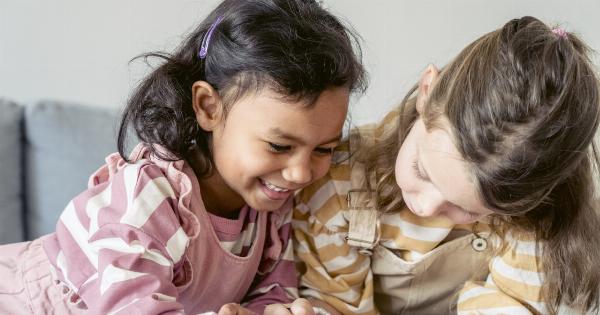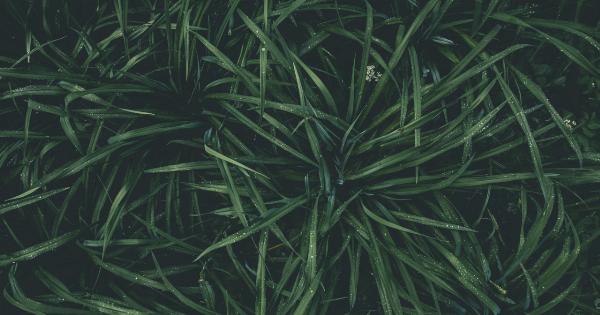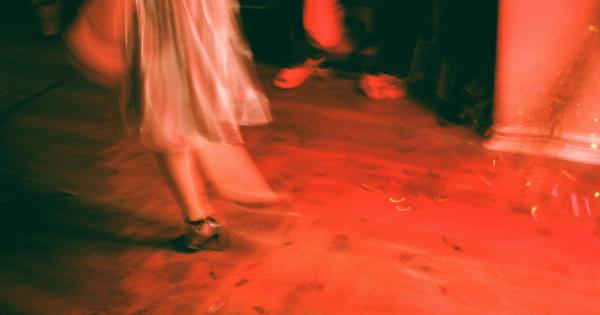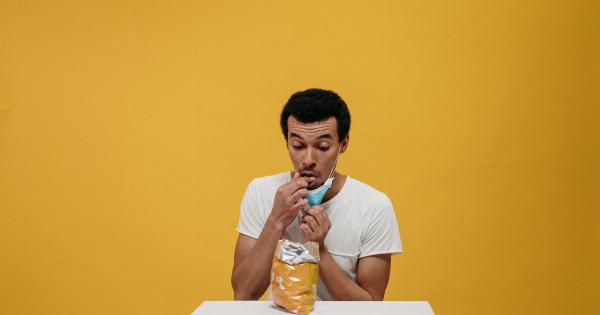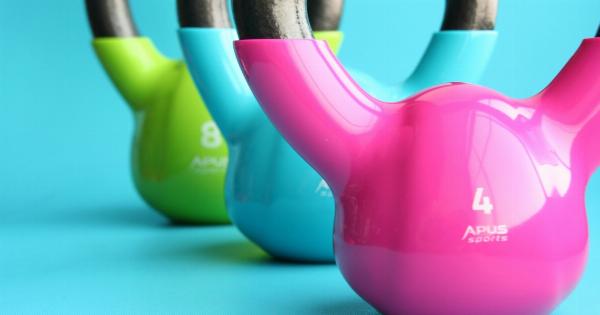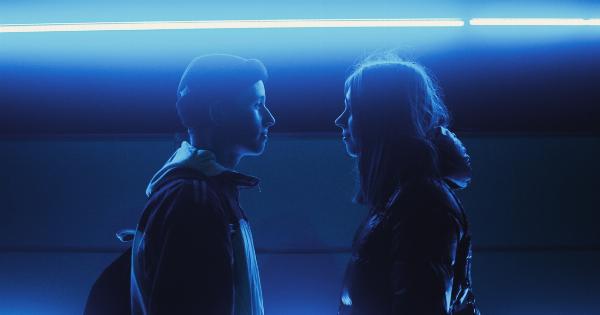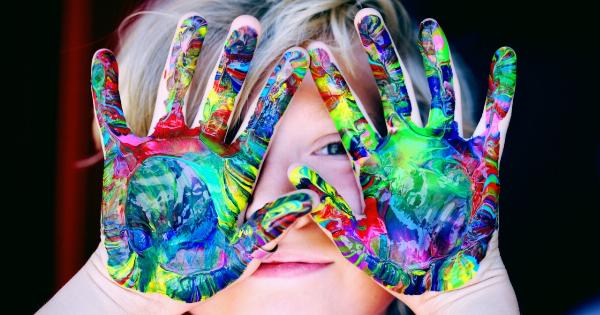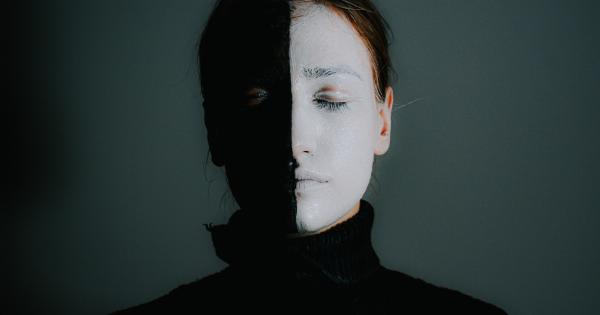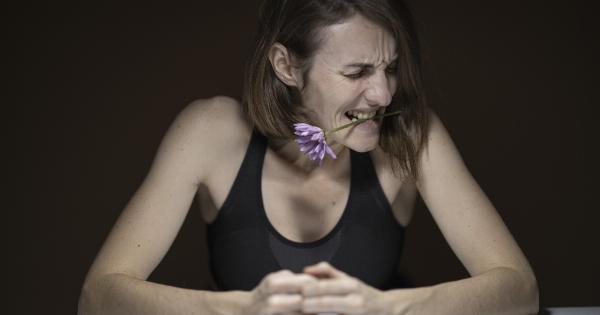Colors have a profound impact on our emotions and behavior, and this is especially true for children. Studies have shown that colors can significantly affect children’s mood, energy levels, concentration, and even their physical well-being.
Understanding the psychology of color can help parents, educators, and caregivers create environments that promote positive emotions and enhance children’s overall well-being.
The Power of Red
Red is a highly stimulating color that evokes strong emotions. It is associated with energy, passion, and excitement. When used in a child’s environment, red can increase their heart rate and blood pressure, leading to heightened energy levels.
However, exposure to too much red can also cause aggression and restlessness in children.
The Calming Effects of Blue
Blue has a calming and soothing effect on children. It is often associated with tranquility, peace, and security. Surrounding children with shades of blue can help reduce stress, lower heart rate, and promote a feeling of relaxation.
Blue is especially beneficial in areas where children need to concentrate, such as study spaces or bedrooms.
The Joyful Yellow
Yellow is a color that symbolizes happiness, optimism, and creativity. It stimulates mental activity and can enhance memory and concentration.
However, excessive exposure to bright yellow can be overstimulating for children, leading to feelings of agitation. Soft shades of yellow are more suitable for promoting a positive mood and energizing children’s spaces.
The Soothing Green
Green is often associated with nature and has a calming effect on children. It is believed to promote feelings of balance, harmony, and emotional stability.
Green is a versatile color that can be used in various spaces to create a sense of relaxation and rejuvenation. Whether it’s through plants, wallpaper, or accessories, incorporating green into a child’s environment can have a positive impact on their mood and behavior.
The Energetic Orange
Orange is a color that sparks enthusiasm, creativity, and energy. It can be invigorating for children and stimulate their mental activity. However, like red, too much orange can sometimes lead to restlessness and agitation.
Before incorporating orange into a child’s environment, it is essential to consider the overall balance of colors to ensure a harmonious and beneficial effect.
The Serene Purple
Purple is often associated with spirituality, wisdom, and creativity. It has a calming effect on children and can promote a sense of serenity. Purple is a color that stimulates imagination and encourages a child’s creative thinking.
It is an excellent choice for spaces where children engage in artistic activities or relaxation techniques such as meditation.
The Neutralizing Effect of Gray
Gray is a neutral color that can have both positive and negative effects on children’s mood and behavior, depending on its shade and usage.
Light gray can create a calming and balanced atmosphere, while dark gray can evoke feelings of sadness and dampen the mood. It is important to use gray as an accent color rather than the primary color in a child’s environment.
The Balance of Pink
Pink is often associated with femininity, tenderness, and nurturing. It has a soothing effect on children and can promote feelings of warmth and comfort. Pink is often used in spaces designated for relaxation or sleep, such as bedrooms or reading areas.
However, it is important to note that too much pink can have an overly calming effect, causing lethargy or a lack of motivation.
The Attention-Grabbing Power of Black
Black is a color associated with power, elegance, and strength. While it can create a dramatic effect, excessive use of black can overwhelm children and evoke a sense of sadness or negativity.
However, when used strategically as an accent color, black can add depth and contrast to a child’s environment, enhancing their focus and attention.
The Versatile White
White is often associated with purity, innocence, and simplicity. It is a versatile color that can create an open and airy space.
While white can promote a sense of cleanliness and peace, excessive use of white can also result in feelings of emptiness or sterility. Incorporating pops of color or different textures can help balance the neutrality and enhance the overall effect of white.
The Importance of Context
While the psychology of color provides valuable insights into its effects on children’s mood and behavior, it is crucial to consider the context in which colors are used.
Different children may respond differently to specific colors, and cultural and personal factors can also influence their reactions. It is essential to observe and understand individual children’s preferences and needs to create environments that truly support their emotional well-being.
